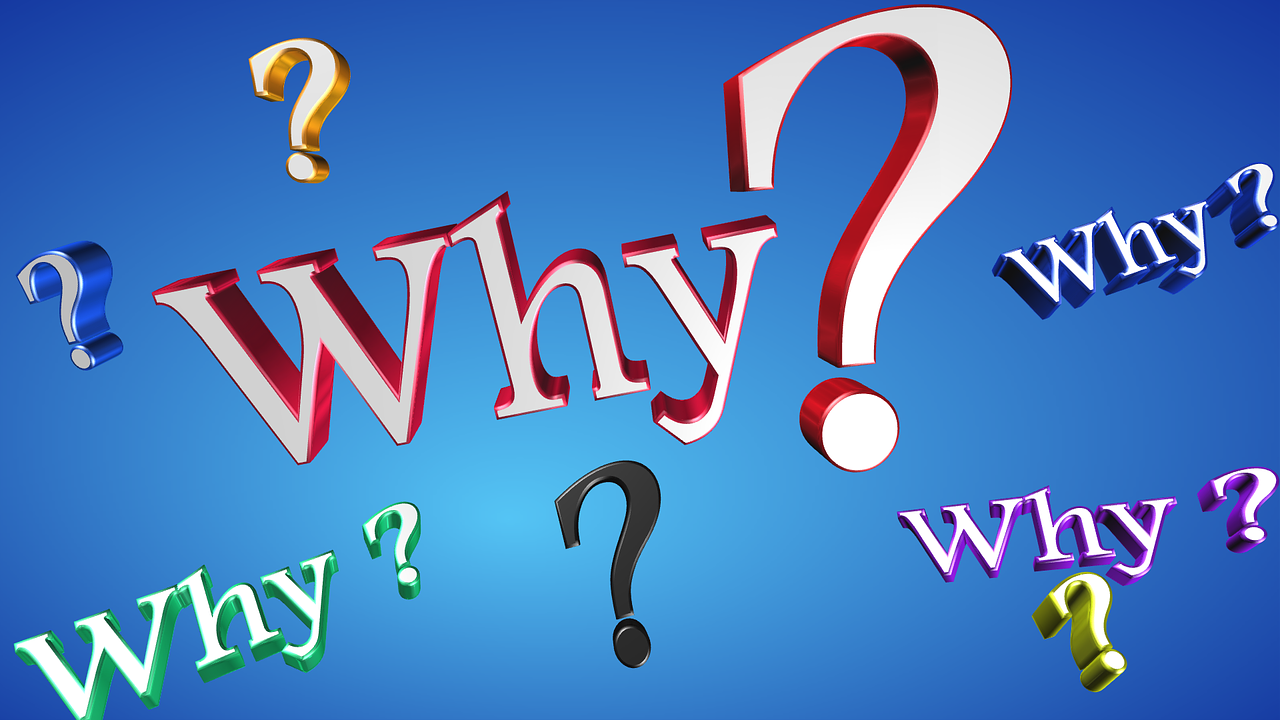Transmission in Science: Understanding Energy and Information Transfer
What’s transmission in science?
Transmission refer to the process by which energy, information, or matter moves from one location to another. This fundamental concept appear across numerous scientific disciplines, each with its own specific applications and mechanisms. Understand transmission help explain countless natural phenomena and enable technological innovations that form the backbone of modern society.
Types of transmission in different scientific fields
Physics and energy transmission
In physics, transmission oftentimes refer to the transfer of energy through various media. This process follow specific laws that govern how energy move through space and matter.

Source: testbook.com
Wave transmission represent one of the virtually common forms of energy transfer. Light waves transmit electromagnetic energy across space, still through a vacuum. Sound waves transmit mechanical energy through solids, liquids, and gases by create pressure variations. Heat transmission occur through three primary mechanisms:
- Conduction: Direct transfer of thermal energy between objects in physical contact
- Convection: Transfer of heat through the movement of fluids (liquids or gases )
- Radiation: Transfer of heat through electromagnetic waves require no medium
Force transmission occur when energy transfers between objects, such as in mechanical systems. When you push one end of a lever, the force transmit to the other end, potentially with amplification or reduction depend on the lever’s design.
Biology and disease transmission
In biology and medicine, transmission typically refer to how pathogens spread between hosts. Understand these mechanisms prove crucial for control disease outbreaks and develop preventive measures.
Disease transmission occur through several routes:
- Direct contact: Physical contact between an infected person and a susceptible individual
- Droplet transmission: Spread through respiratory droplets produce when cough or sneeze
- Airborne transmission: Spread through smaller particles that remain suspend in air for extended periods
- Vector bear transmission: Spread through intermediate organisms like mosquitoes or ticks
- Finite transmission: Spread through contaminate objects or surfaces
- Vertical transmission: Spread from parent to offspring during pregnancy, birth, or breastfeed
Genetic transmission represent another crucial biological application. Genes transmit hereditary information from parents to offspring through DNA. This process follow specific patterns discover by Gregor Mendel and air explain by modern genetics.
Telecommunications and information transmission
In telecommunications, transmission refer to the process of send information from one point to another. This field has revolutionized how humans communicate and share information across vast distances.

Source: apollo.lsc.vsc.edu
Signal transmission involve convert information into electromagnetic waves or electrical impulses that travel through various media. These signals can transmit done:
- Wired media: Copper wires, fiber optic cables, or other physical connections
- Wireless media: Radio waves, microwaves, or other electromagnetic radiation
Data transmission from the foundation of modern computer networks and the internet. Information converts into digital signals (bits )that transmit between devices. Various protocols govern how this data transmit, ensure accuracy and efficiency.
Transmission media and channels
The medium through which transmission occur importantly impact the process’s efficiency and characteristics. Different transmission types require appropriate media to function efficaciously.
Physical media
Physical transmission media include materials that facilitate the movement of energy, information, or matter. Examples include:
- Conductors: Materials like copper that promptly transmit electricity with minimal resistance
- Insulators: Materials that impede transmission, useful for contain energy within specific pathways
- Semiconductors: Materials with conductivity between conductors and insulators, form the basis of modern electronics
- Fiber optics: Glass or plastic fibers that transmit light signals with minimal loss over long distances
The properties of these media determine transmission efficiency. Factors like resistance, impedance, and attenuation affect how substantially energy or information moves through the medium.
Wireless transmission
Wireless transmission occur without physical connections between the source and destination. This process rely on electromagnetic waves travel through space. Key aspects include:
- Frequency bands: Different applications use specific portions of the electromagnetic spectrum
- Bandwidth: The range of frequencies available for transmission, affect data capacity
- Modulation: Methods of encode information onto carrier waves
Wireless transmission enable mobile communications, broadcasting, and remote sense technologies. Yet, it faces challenges like interference, signal degradation over distance, and security concerns.
Transmission efficiency and loss
No transmission process achieves perfect efficiency. Some energy or information necessarily getsto losee during transfer. Understand these losses help scientists and engineers design more efficient systems.
Energy loss in transmission
Energy transmission systems experience losses through various mechanisms:
- Resistance: In electrical transmission, resistance converts electrical energy to heat
- Friction: In mechanical systems, friction converts kinetic energy to heat
- Radiation: Energy disperses into the environment as electromagnetic waves
- Reflection and refraction: Energy bounce off or bends when encounter boundaries between media
Engineers design transmission systems to minimize these losses. Superconductors, for instance, exhibit almost zero electrical resistance at super low temperatures, enable almost lossless energy transmission.
Information loss and noise
Information transmission face challenges from noise and distortion:
- Signal-to-noise ratio: The relationship between desire information and unwanted interference
- Attenuation: Signal weaken over distance
- Distortion: Changes in signal characteristics during transmission
- Jitter: Variations in timing during digital transmission
Error correction techniques help mitigate information loss. Redundancy, checksums, and error correct codes allow receivers to detect and sometimes repair corrupted data.
Applications of transmission in technology
Understand transmission principles has enabled countless technological innovations that shape modern life.
Power transmission systems
Electrical power transmission systems deliver energy from generation plants to consumers. These systems use transformers to step voltage up for long distance transmission (reduce current and hence power loss )and downcast for safe consumer use.
Mechanical power transmission systems transfer motion and force in machines. Gears, belts, chains, and shafts transmit rotational motion between components, oftentimes modify speed, torque, or direction in the process.
Communication networks
Modern communication networks rely on sophisticated transmission technologies:
- Cellular networks: Transmit voice and data through a network of base stations
- Satellite communications: Relay signals between ground stations via orbit satellites
- Fiber optic networks: Transmit data as light pulses through glass fibers
- The internet: A global network of networks transmits digital information use standardized protocols
These networks employ complex transmission protocols that divide information into packets, route them expeditiously, and reassemble them at their destination.
Medical applications
Medical science apply transmission principles in diagnostics and treatment:
- Imaging technologies: X-rays, ultrasound, and mriMRIansmit energy through body tissues to create images
- Telemedicine: Transmit medical information between healthcare providers and patients remotely
- Implantable devices: Pacemakers and neurostimulators transmit electrical signals to body tissues
Understand disease transmission has lead to public health measures like vaccination, quarantine, and sanitation that have dramatically reduced mortality from infectious diseases.
Future directions in transmission science
Research continue to advance our understanding of transmission and develop new applications.
Quantum transmission
Quantum information science explore how quantum states can transmit information. Quantum entanglement enable phenomena like quantum teleportation, where quantum information transfers between particles without physical transmission through space.
Quantum key distribution offer theoretically unbreakable encryption by use quantum properties to secure communications. Any attempt to intercept the transmission disturb the quantum states, alert the communicate parties.
Wireless power transmission
Wireless power transmission aim to deliver electrical energy without wires. Near field techniques like inductive coupling already power devices like electric toothbrushes and some smartphone chargers. Research into far field techniques explores use microwave or laser beams to transmit power over longer distances.
Neural transmission interfaces
Brain computer interfaces seek to establish direct communication between the brain and external devices. These technologies could help people with paralysis control prosthetics or computers forthwith through neural signals.
Neural implants might finally transmit sensory information instantly to the brain, potentially restore sight to the blind or hear to the deaf.
Conclusion
Transmission represent a fundamental concept span numerous scientific disciplines. Whether discuss energy transfer in physics, disease spread in medicine, or information exchange in telecommunications, the principles of how things move from one place to another underlie countless natural phenomena and technological systems.
As our understanding of transmission mechanisms will continue to will evolve, new technologies will emerge that will transmit energy, information, and eventide will matter more expeditiously and in novel ways. These advances promise to address critical challenges in energy distribution, communications, medicine, and beyond.
The study of transmission illustrates the interconnect nature of scientific disciplines. Principles discover in one field oftentimes find applications in others, demonstrate the power ofcross-disciplinaryy research and the universal nature of certain scientific concepts.



